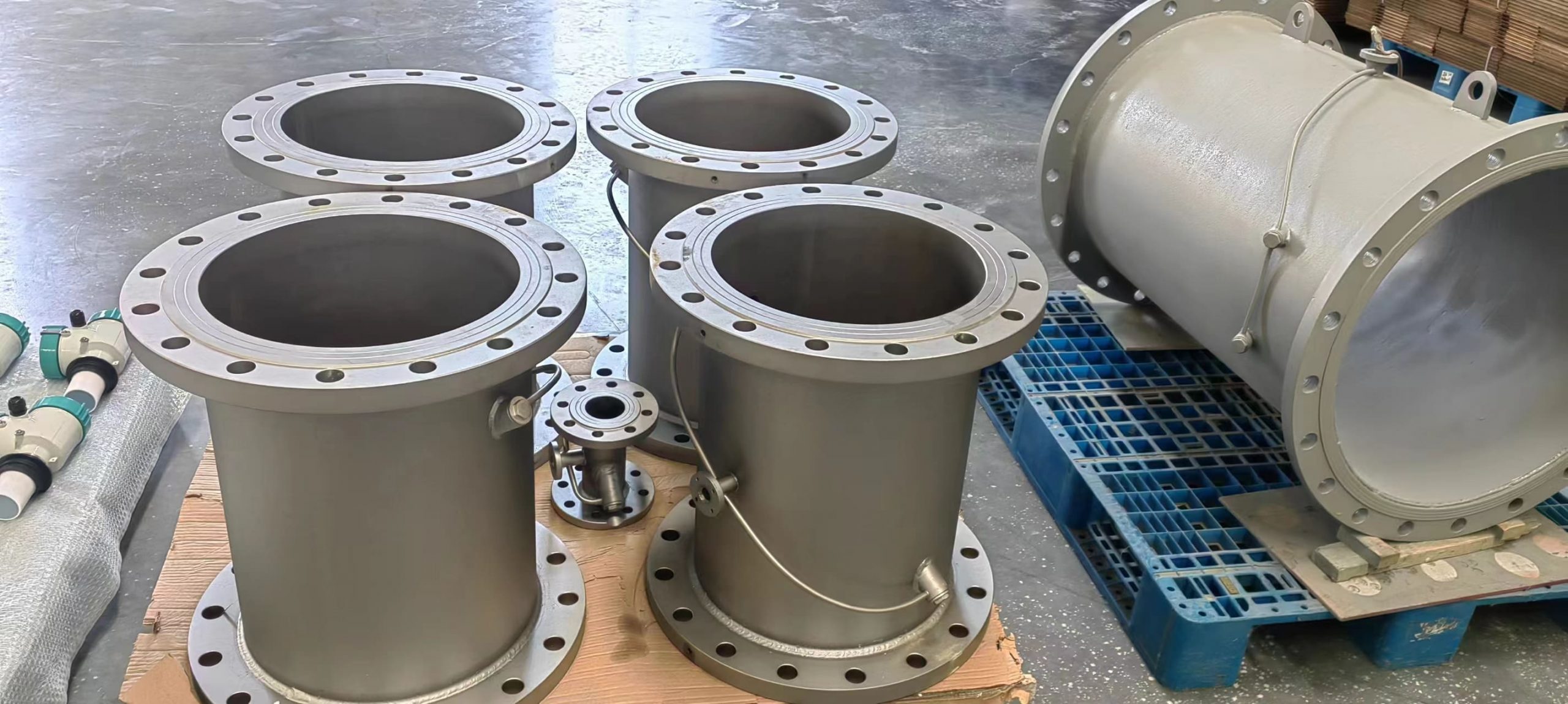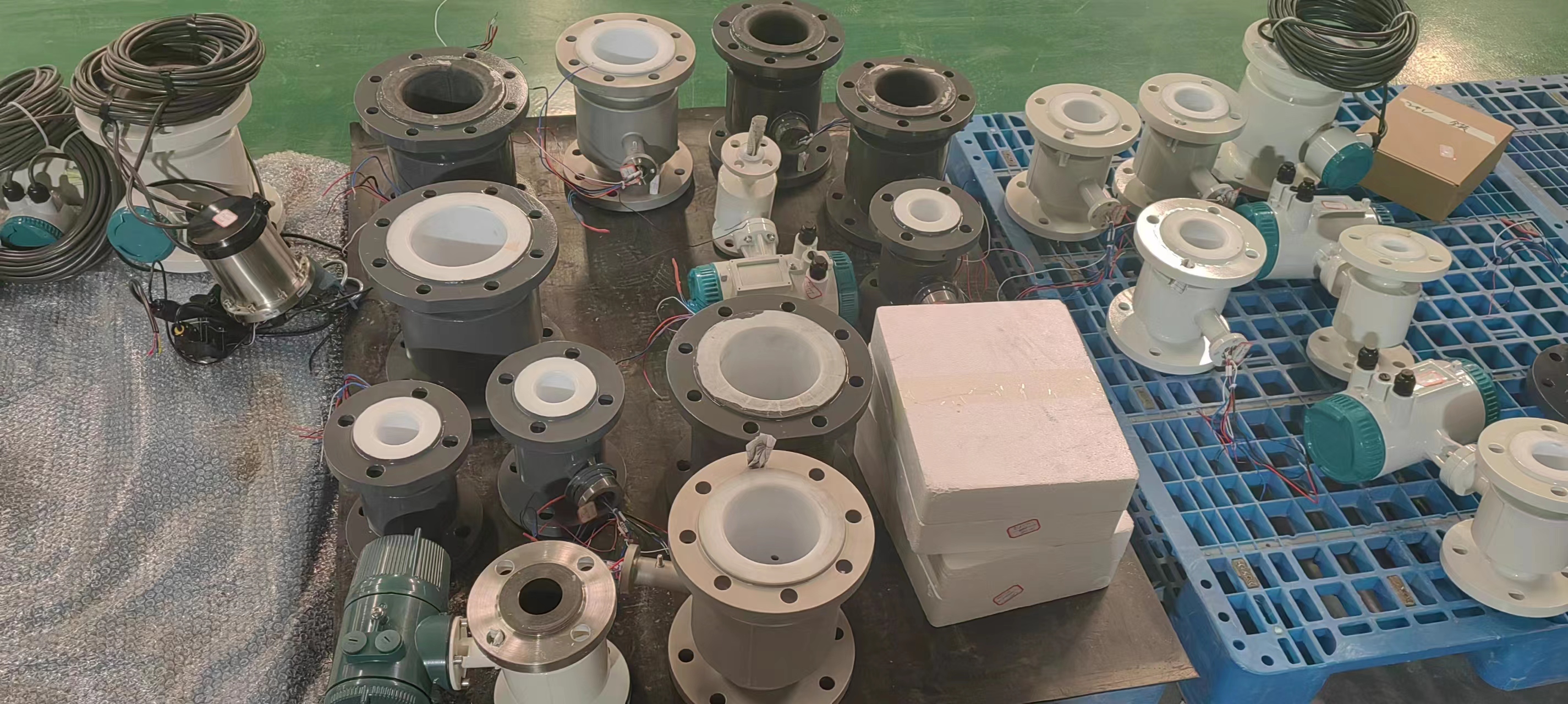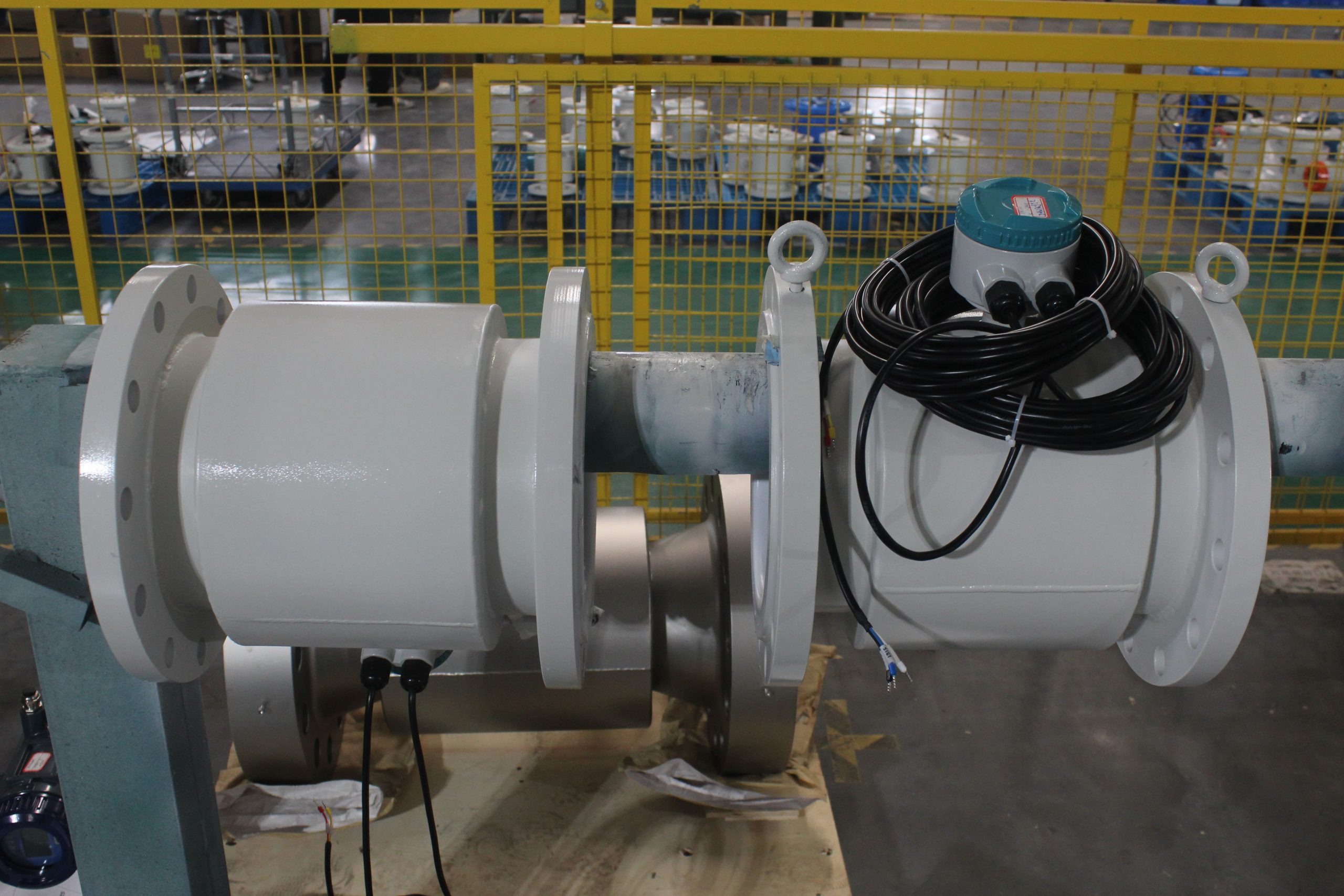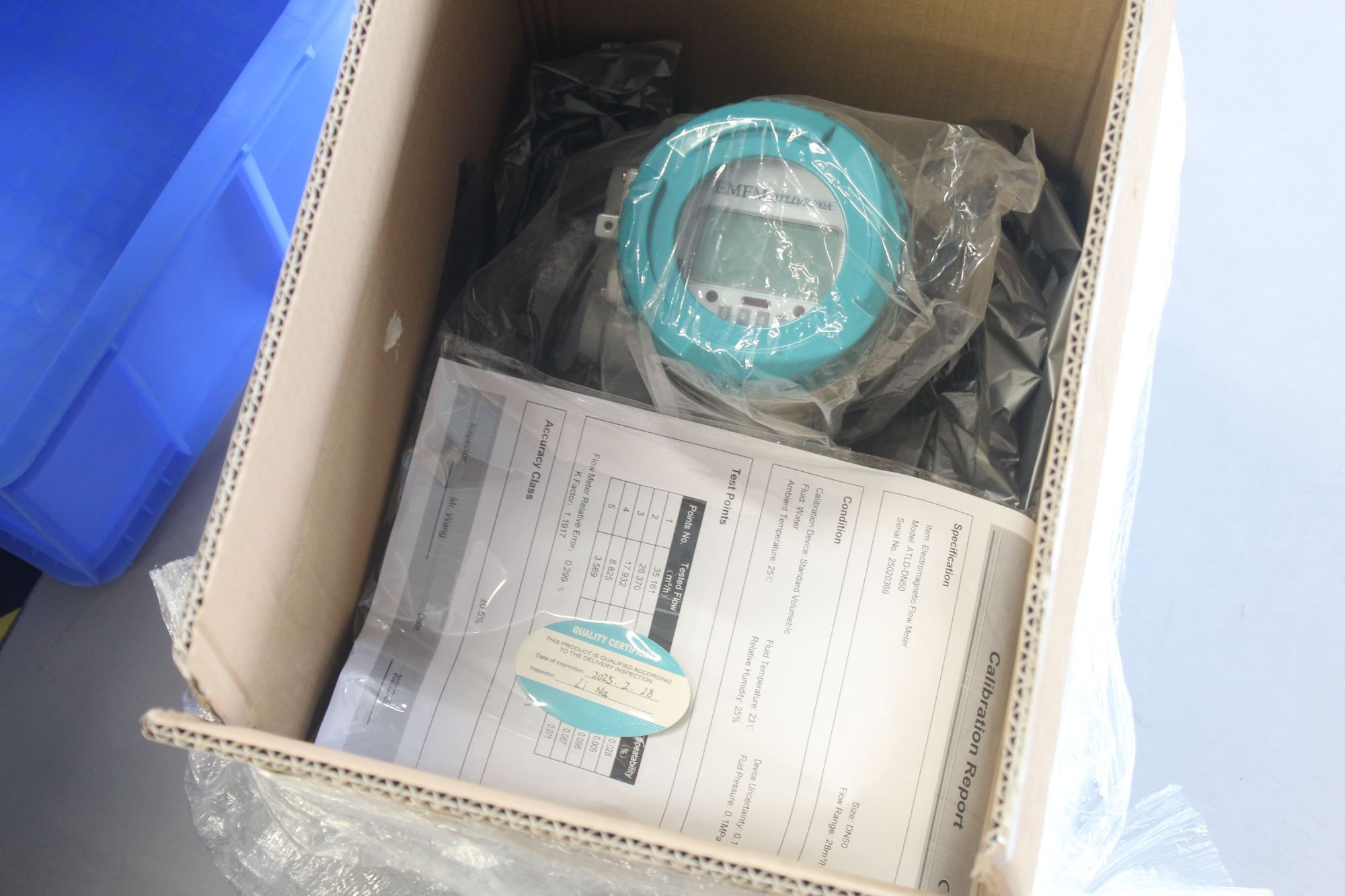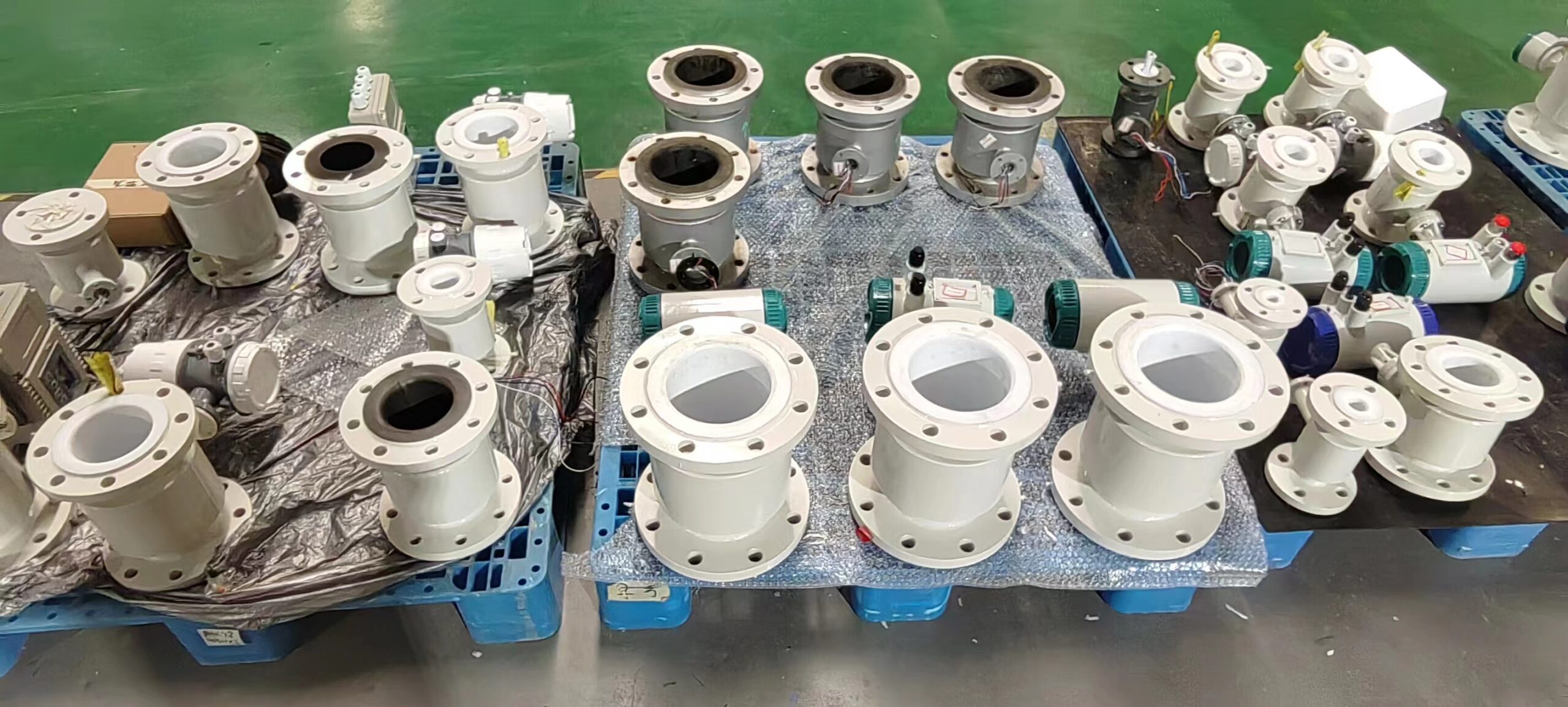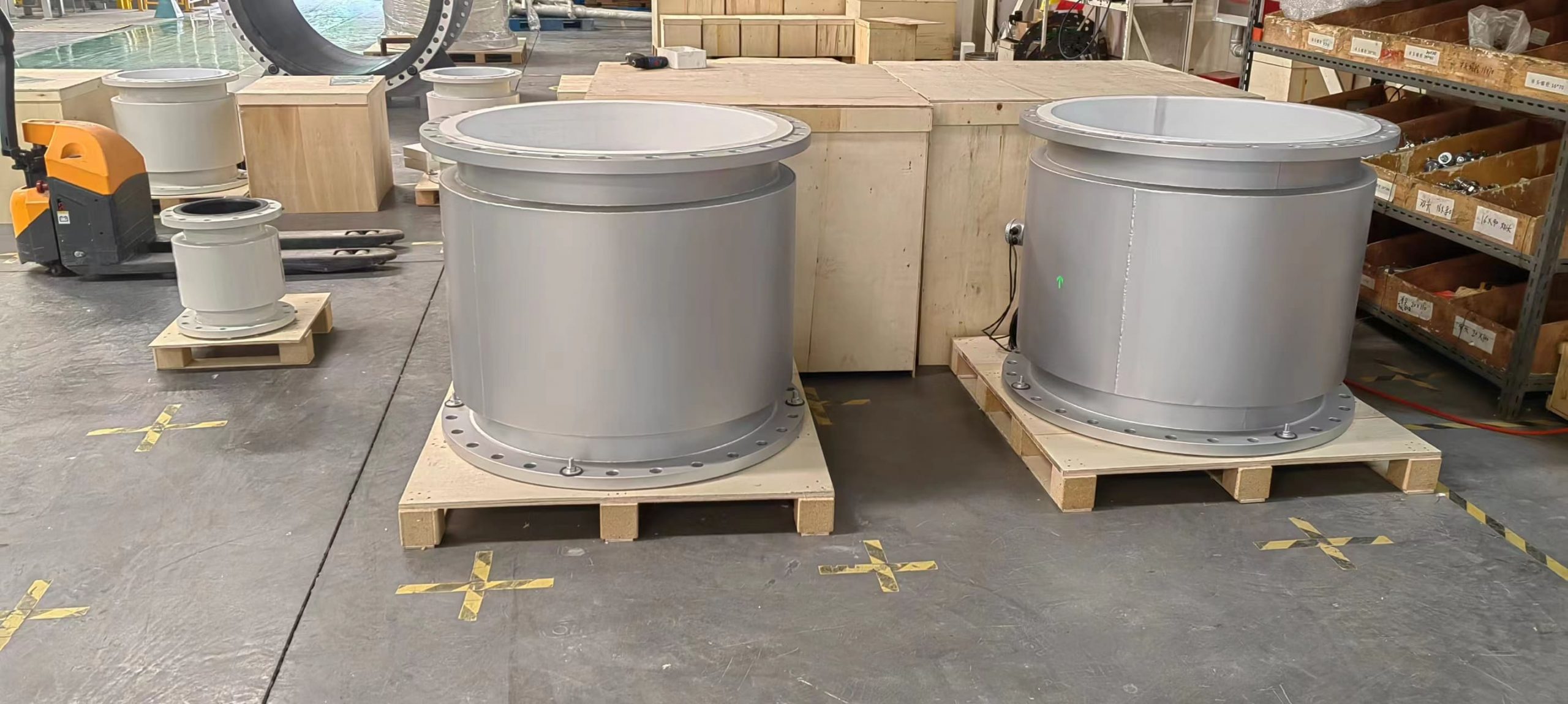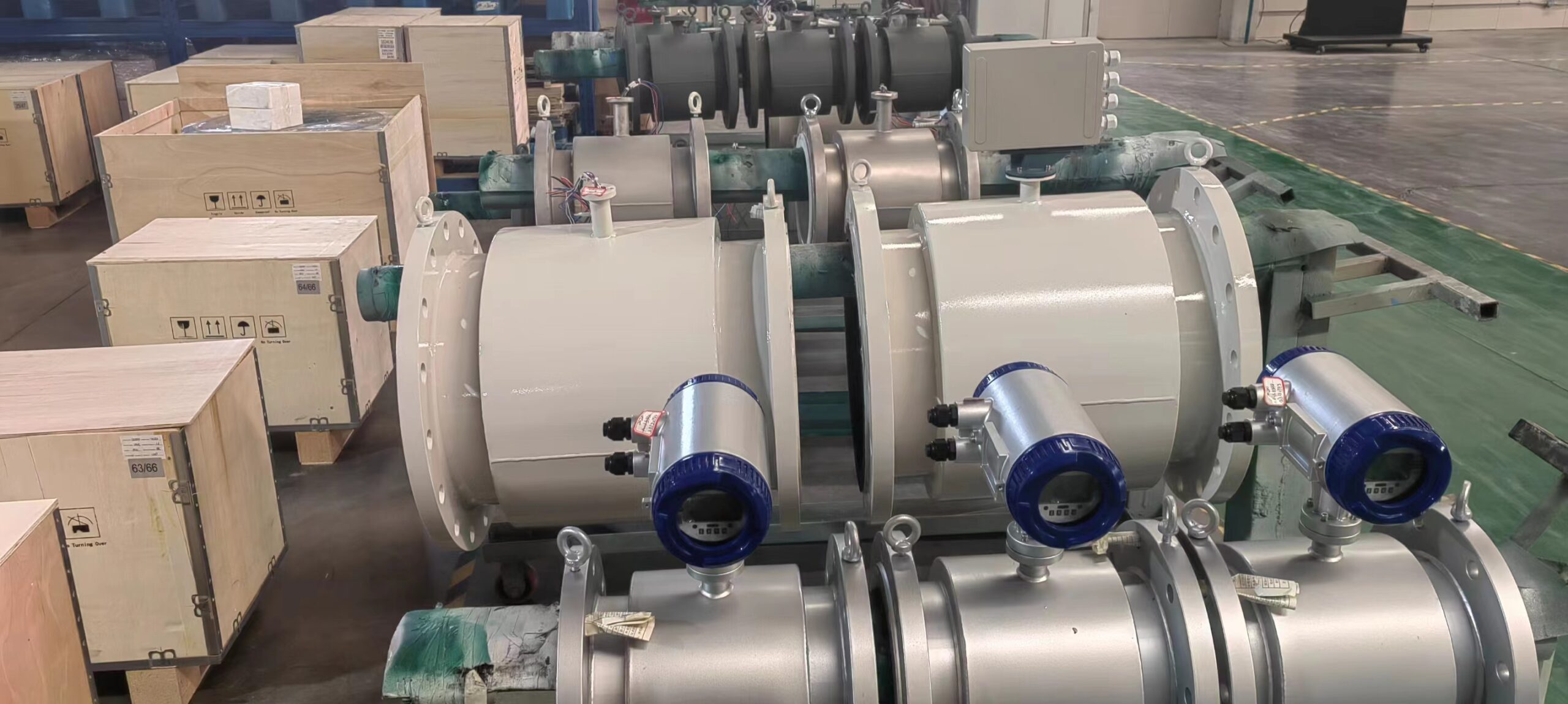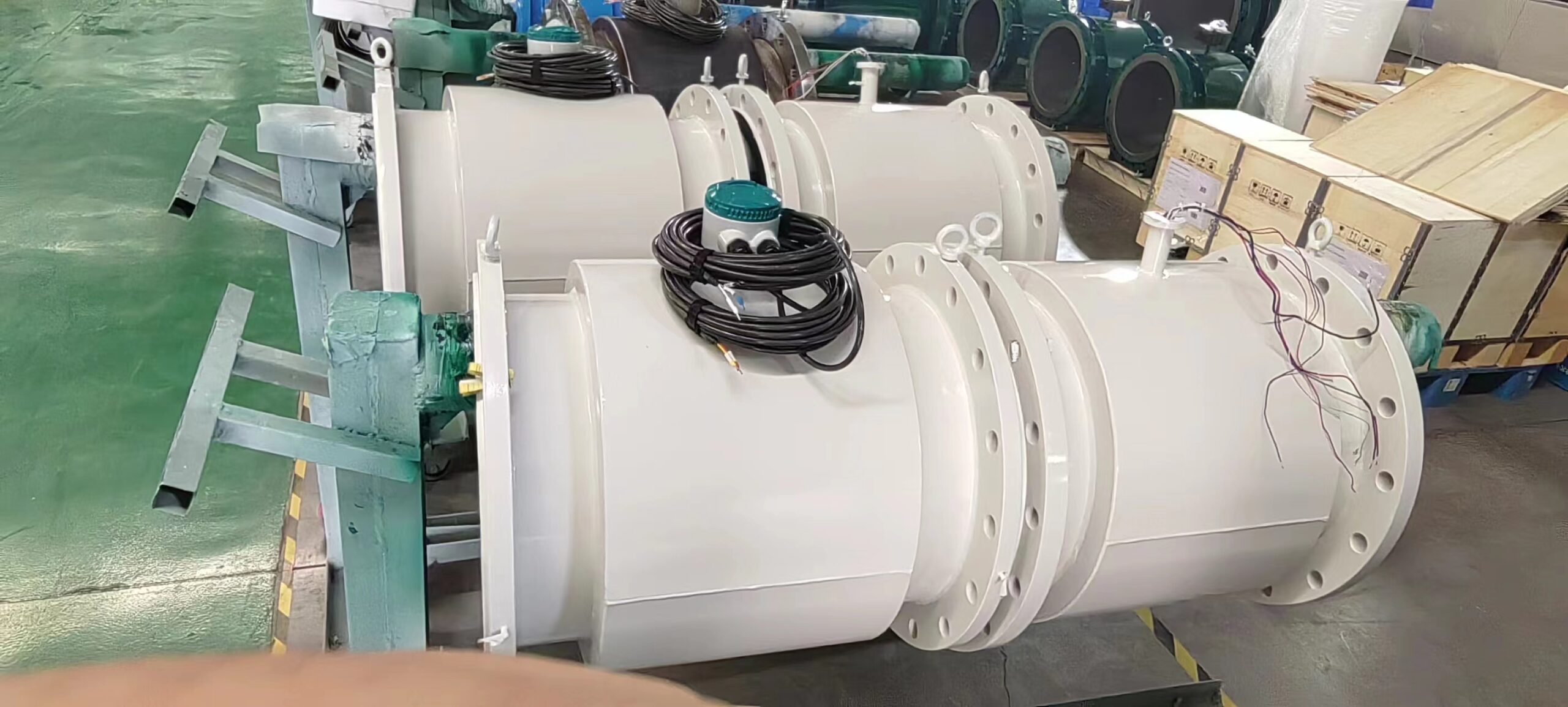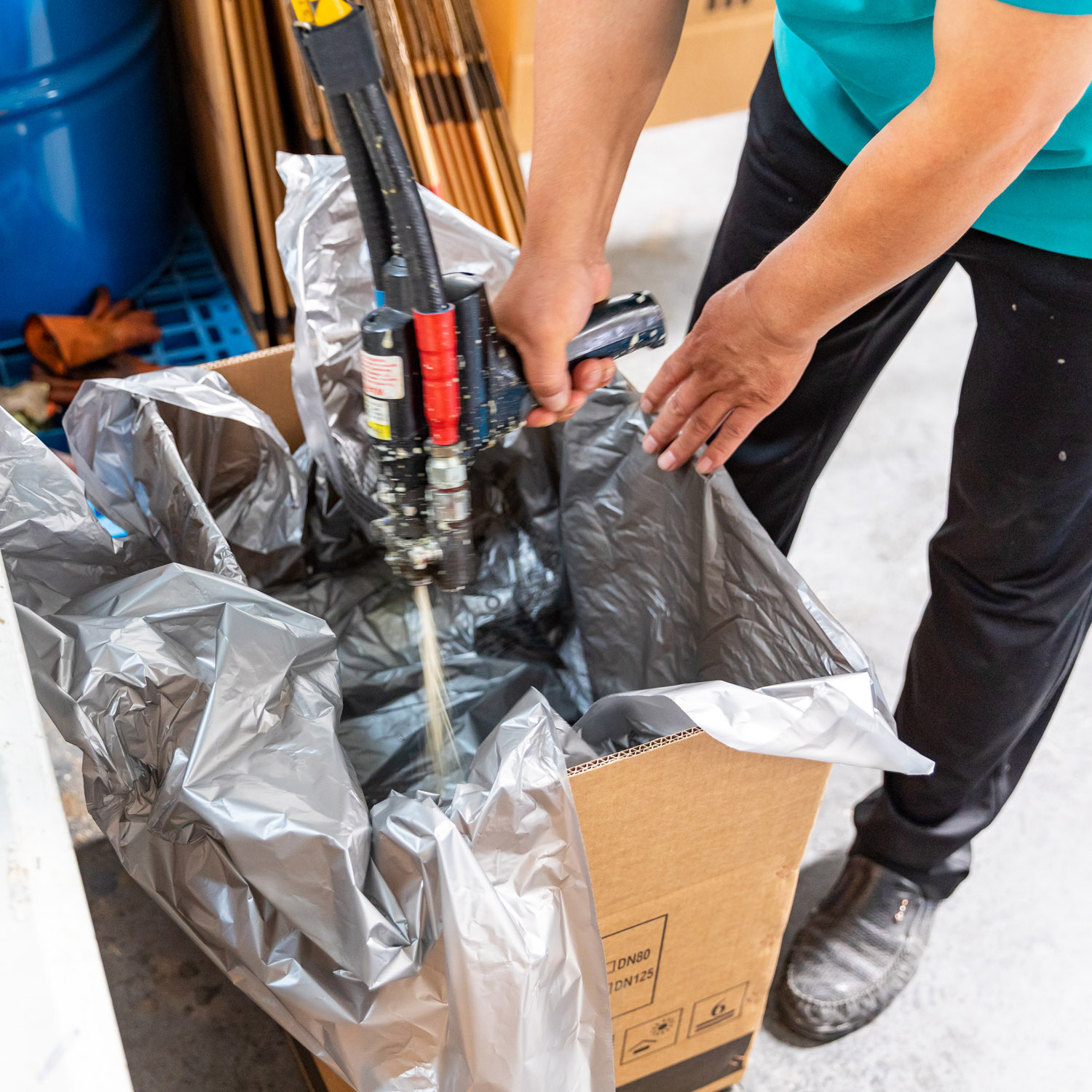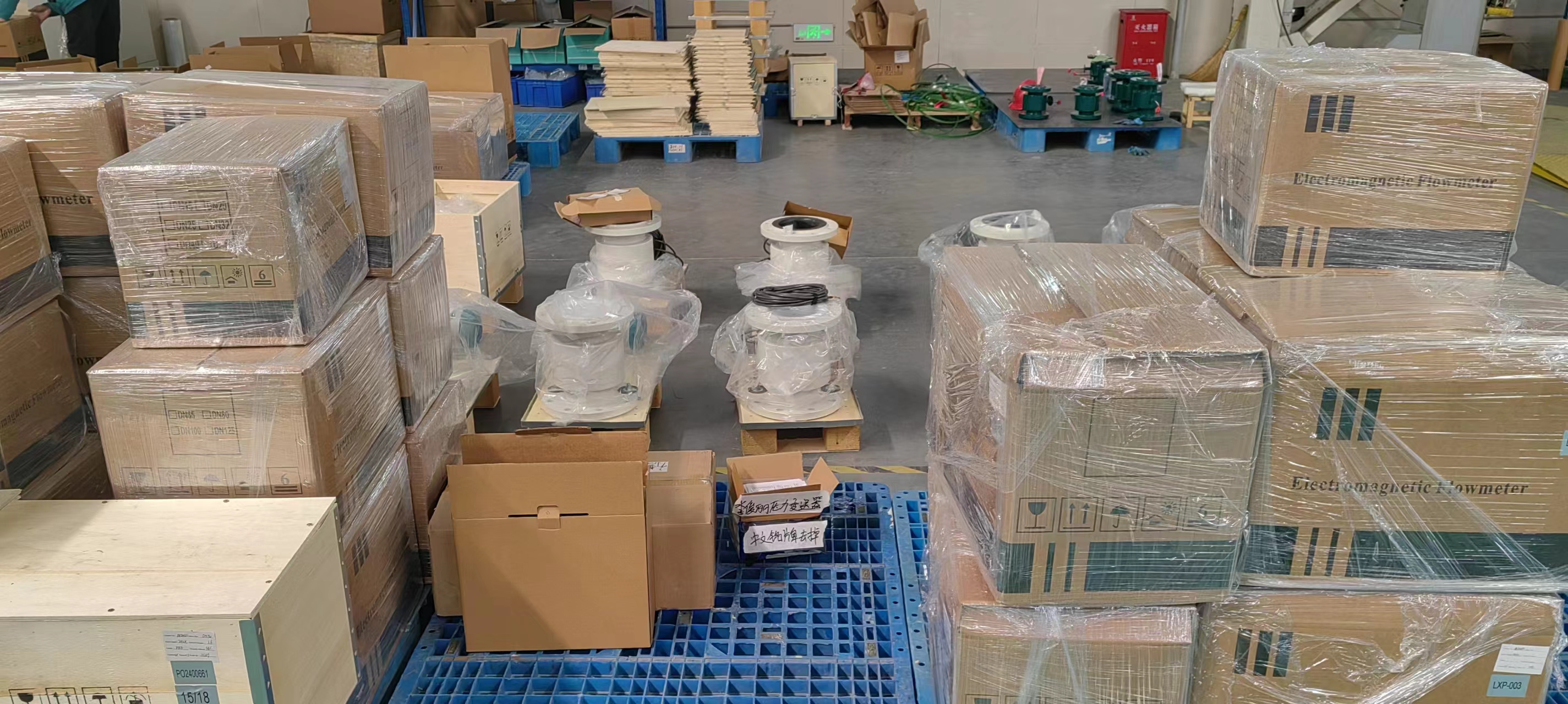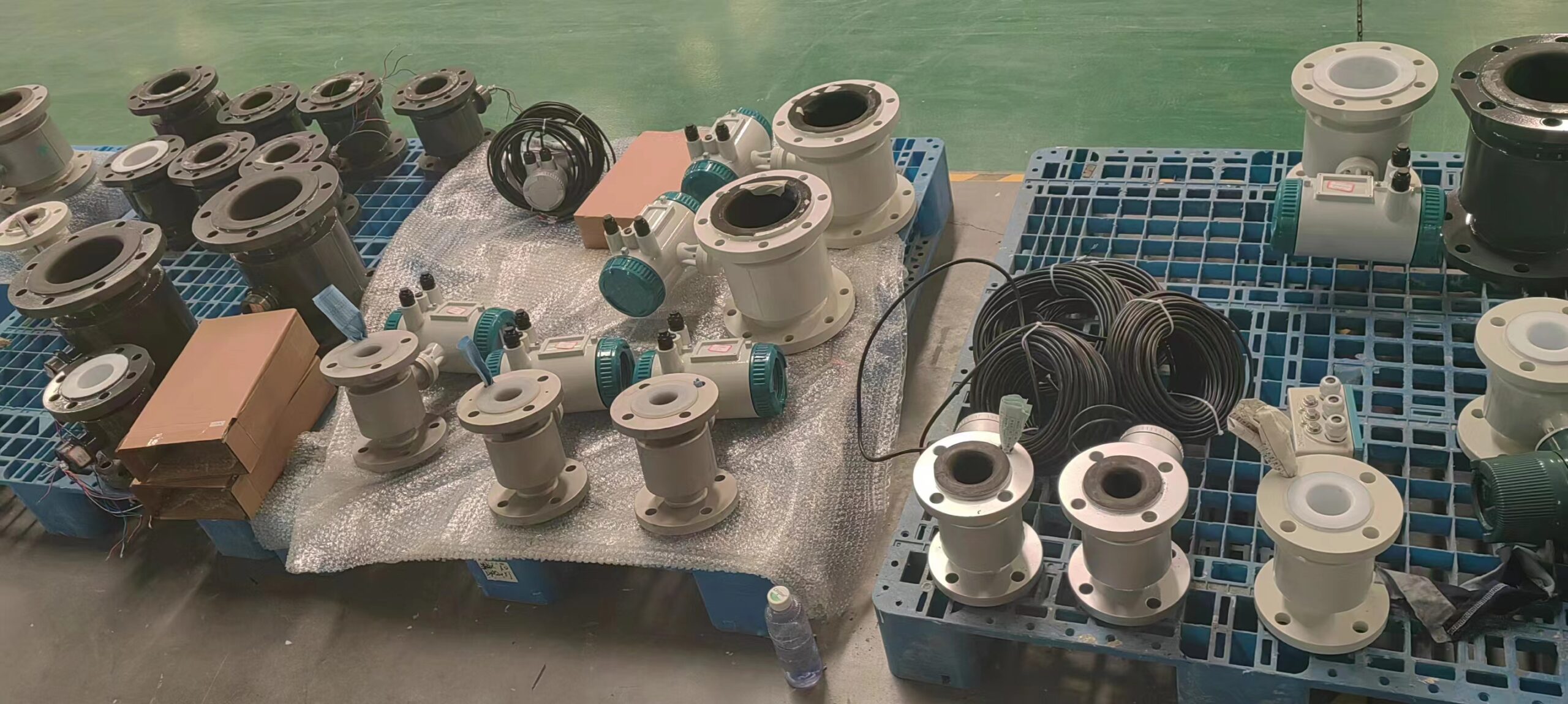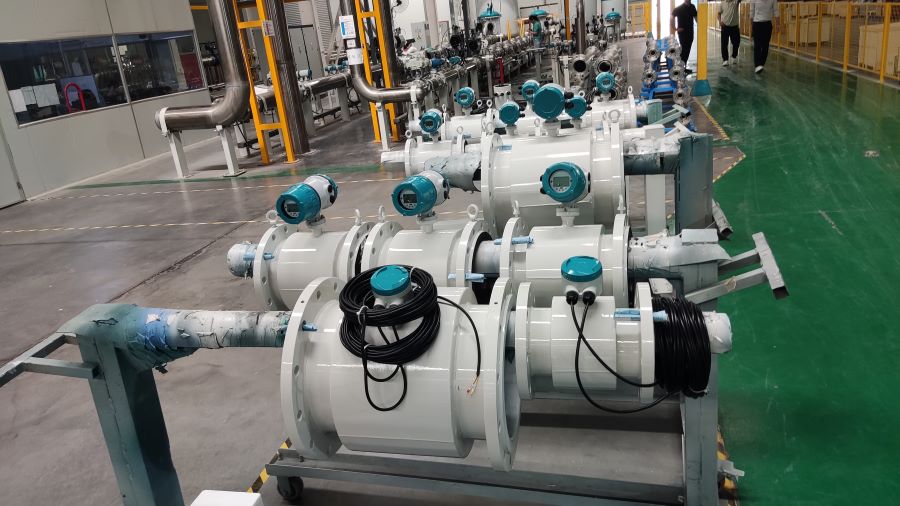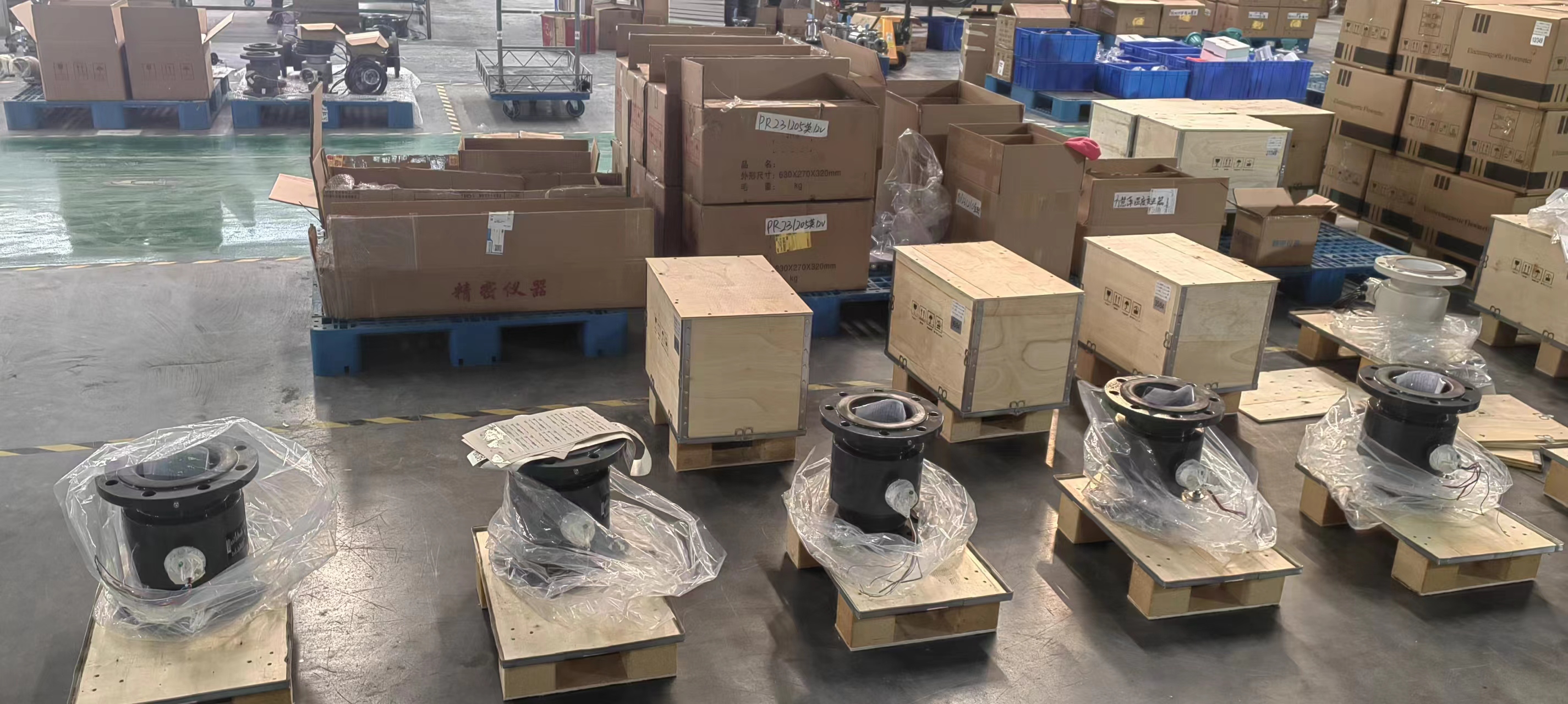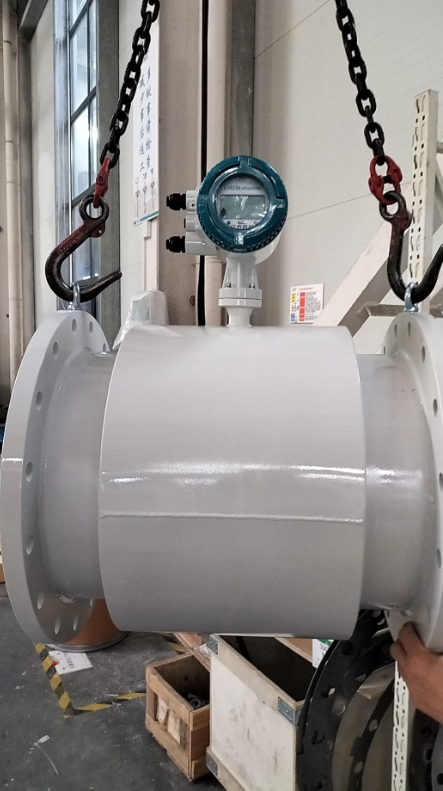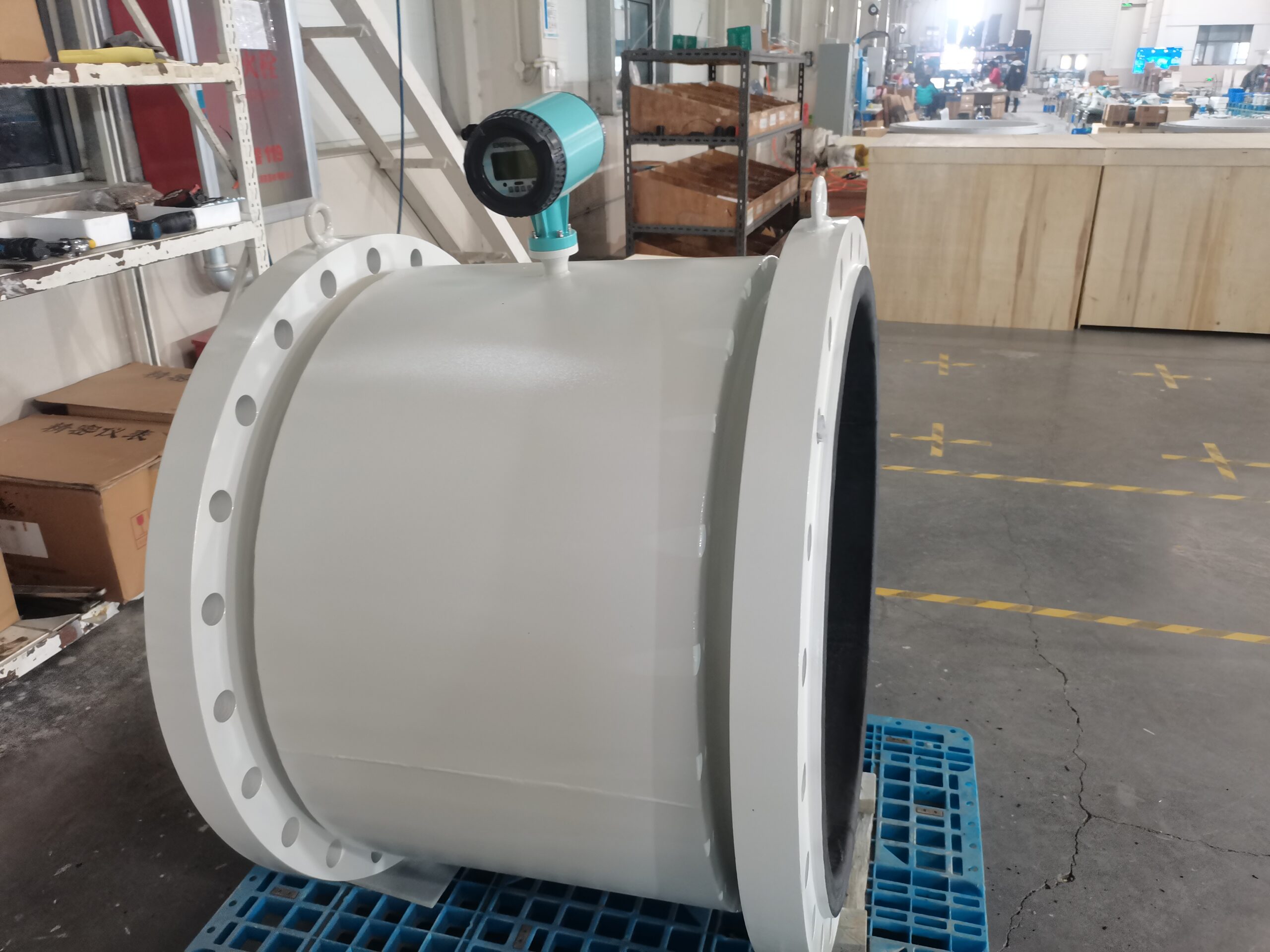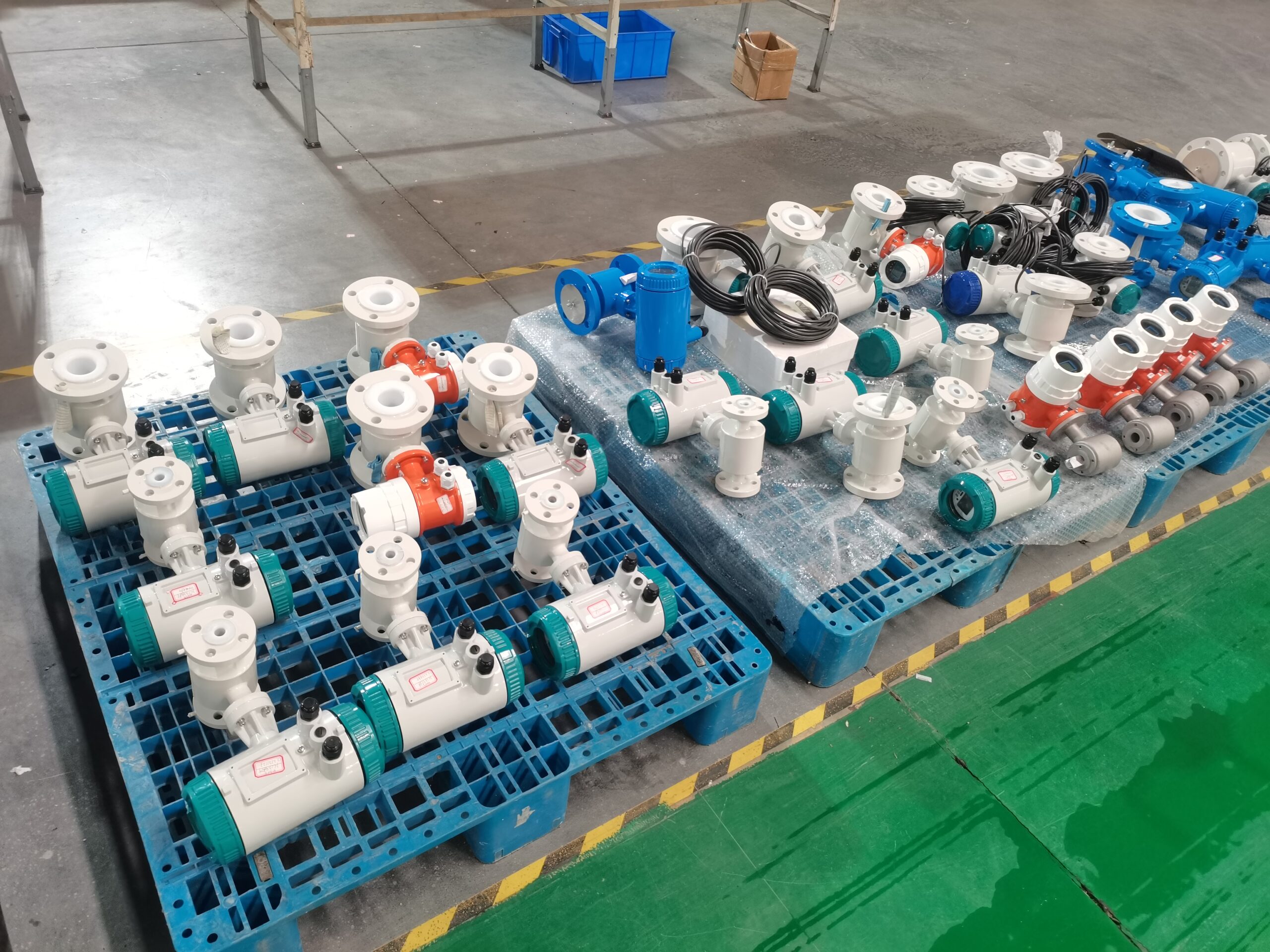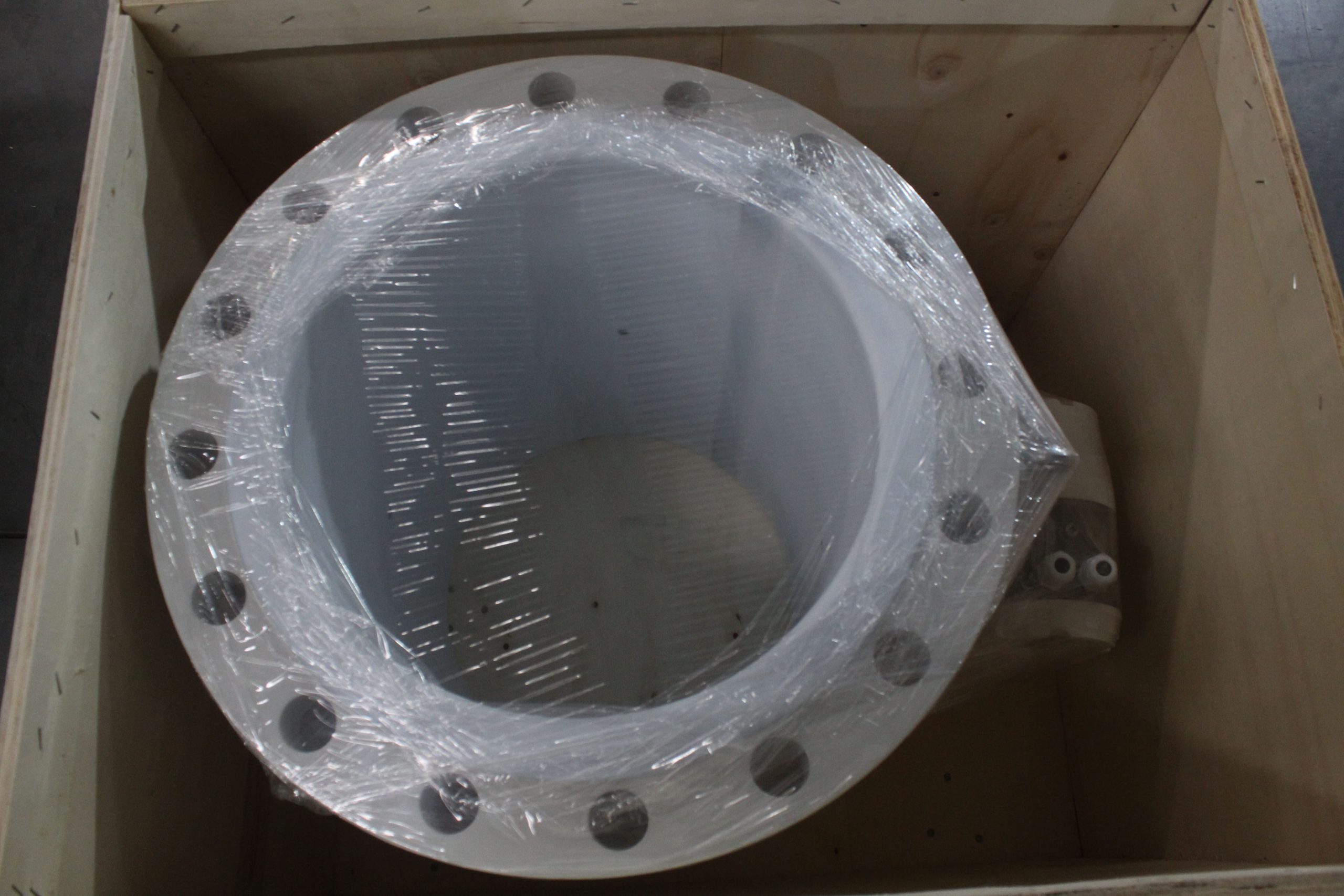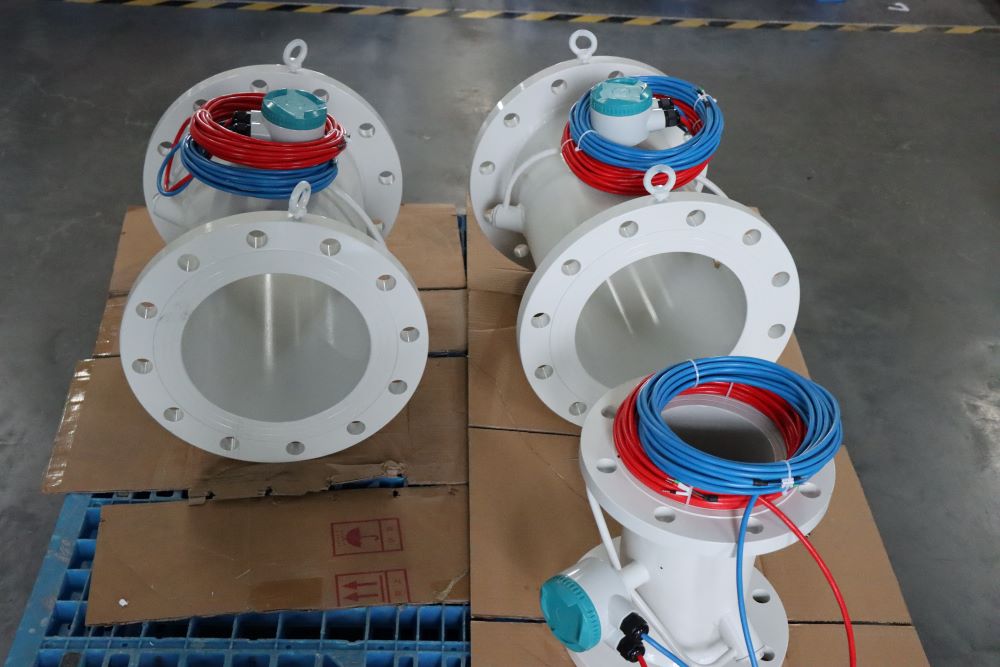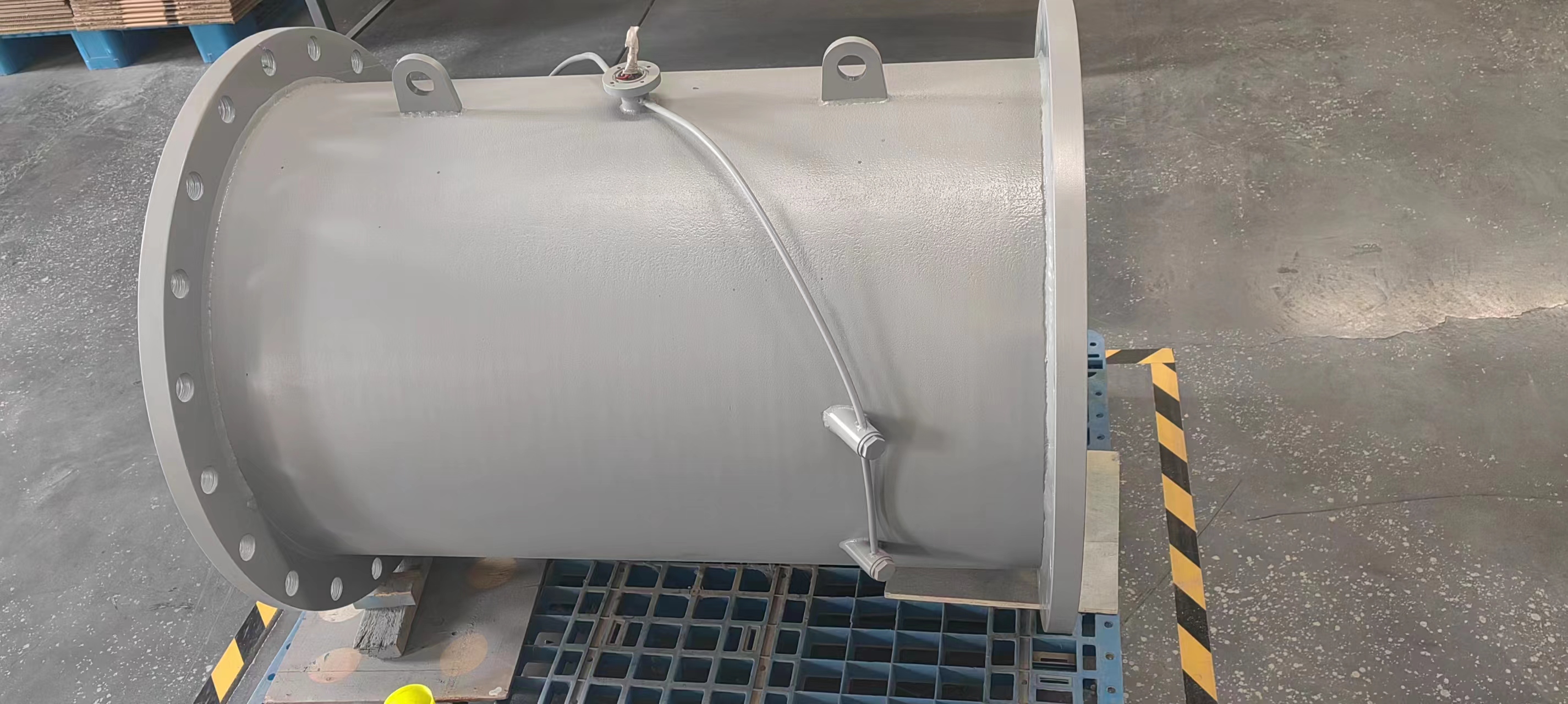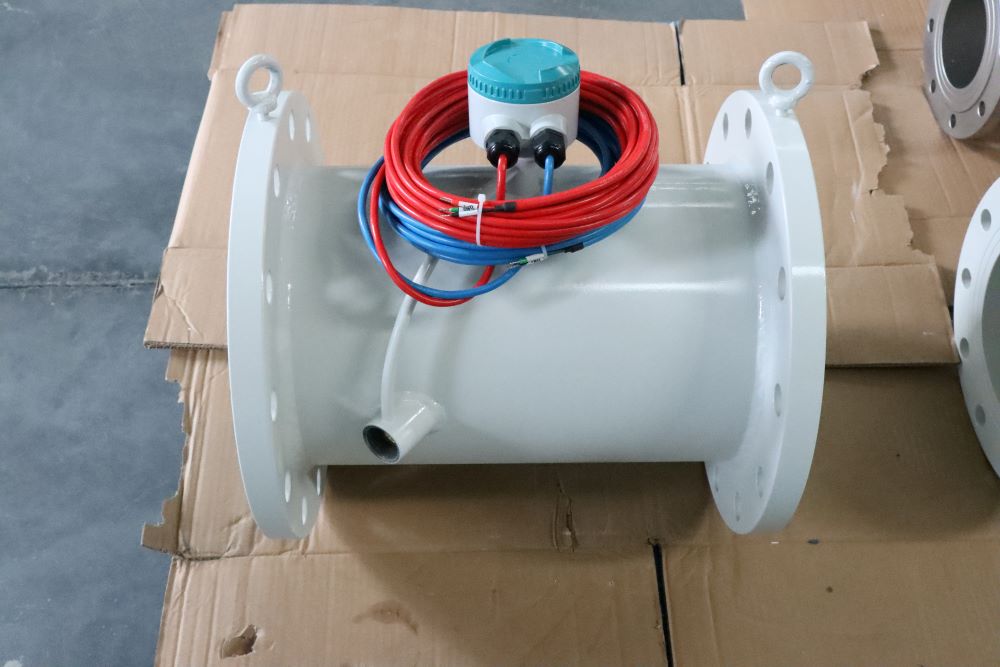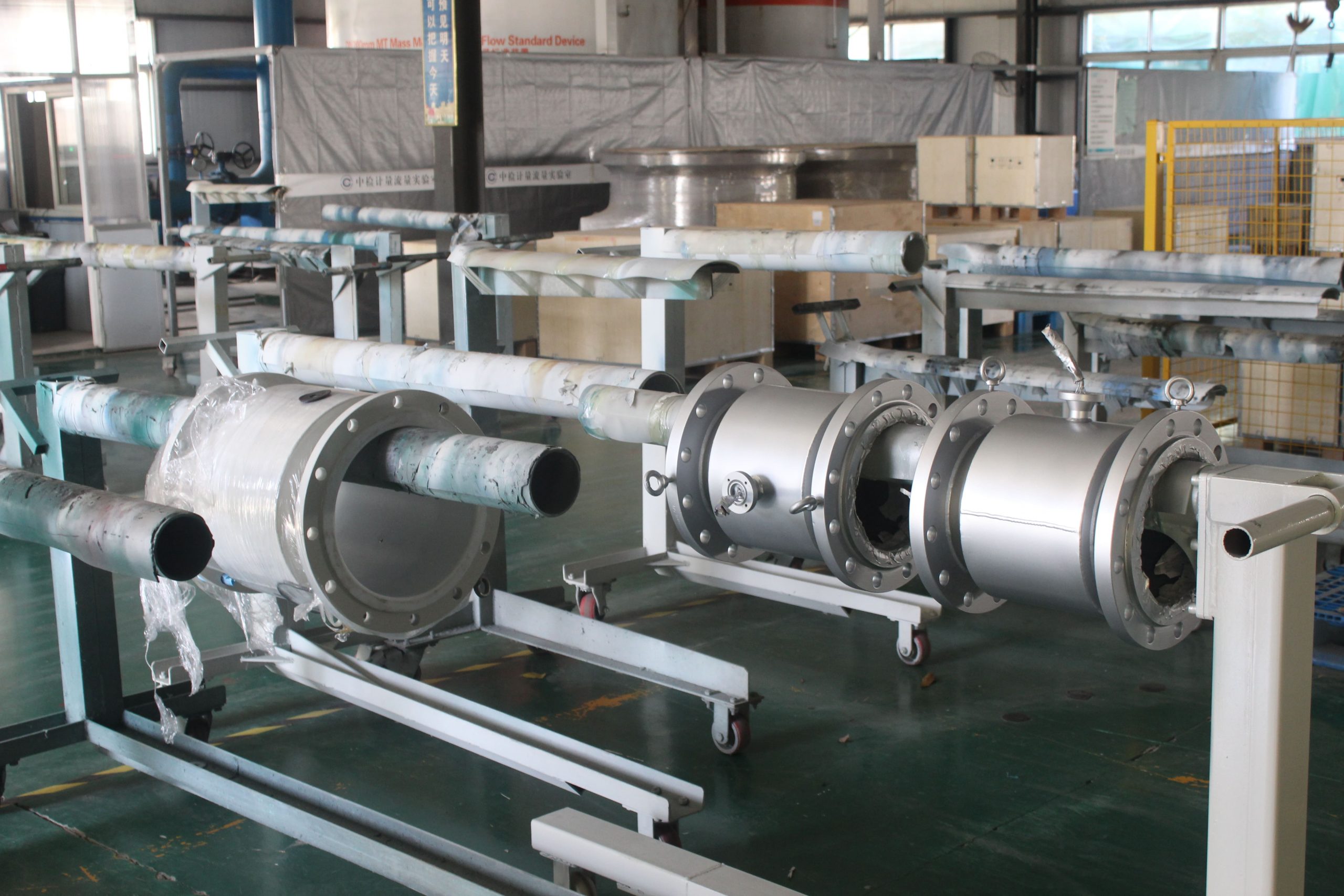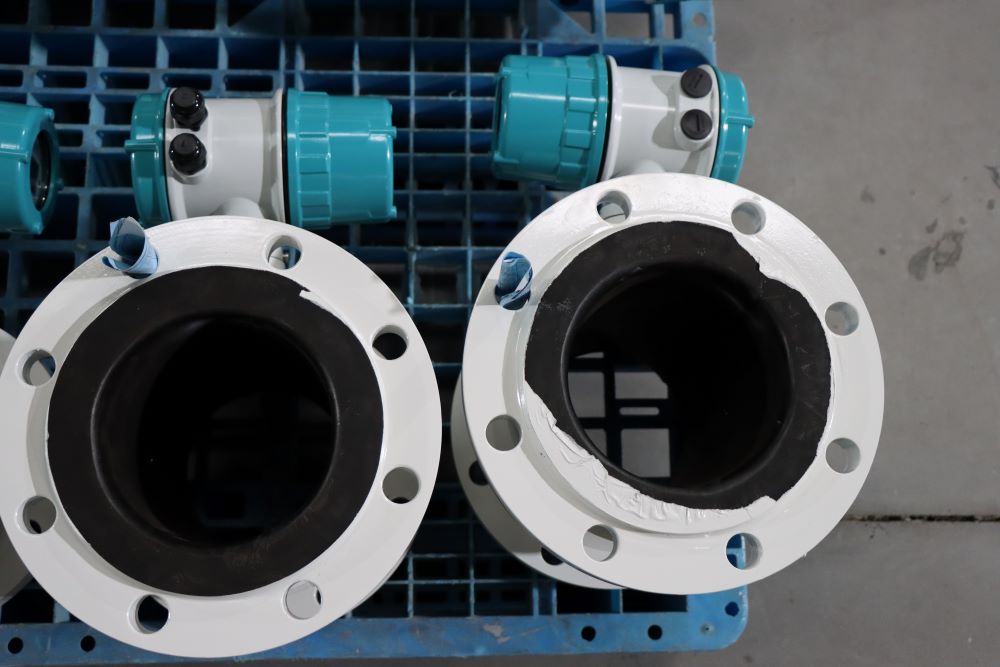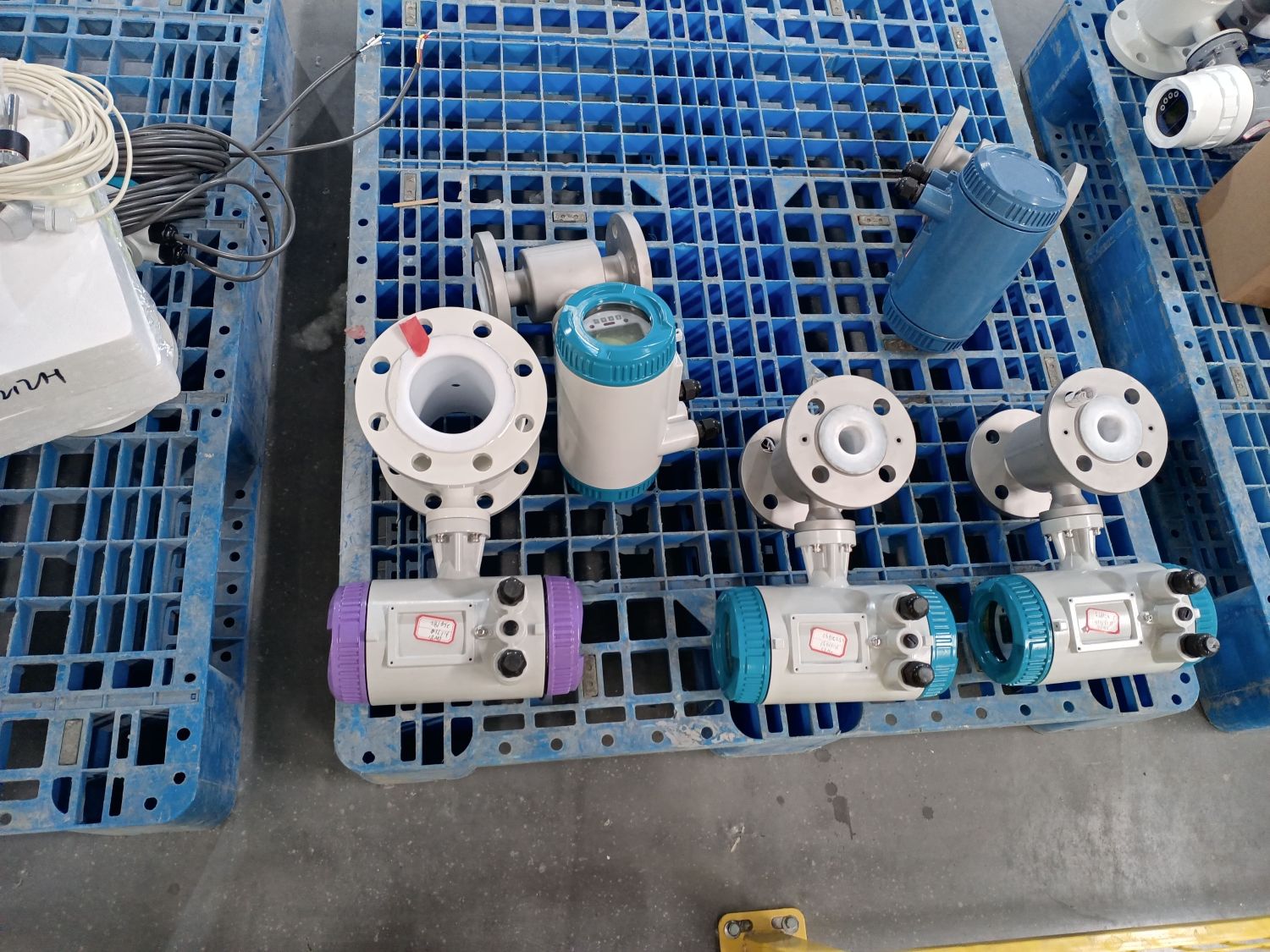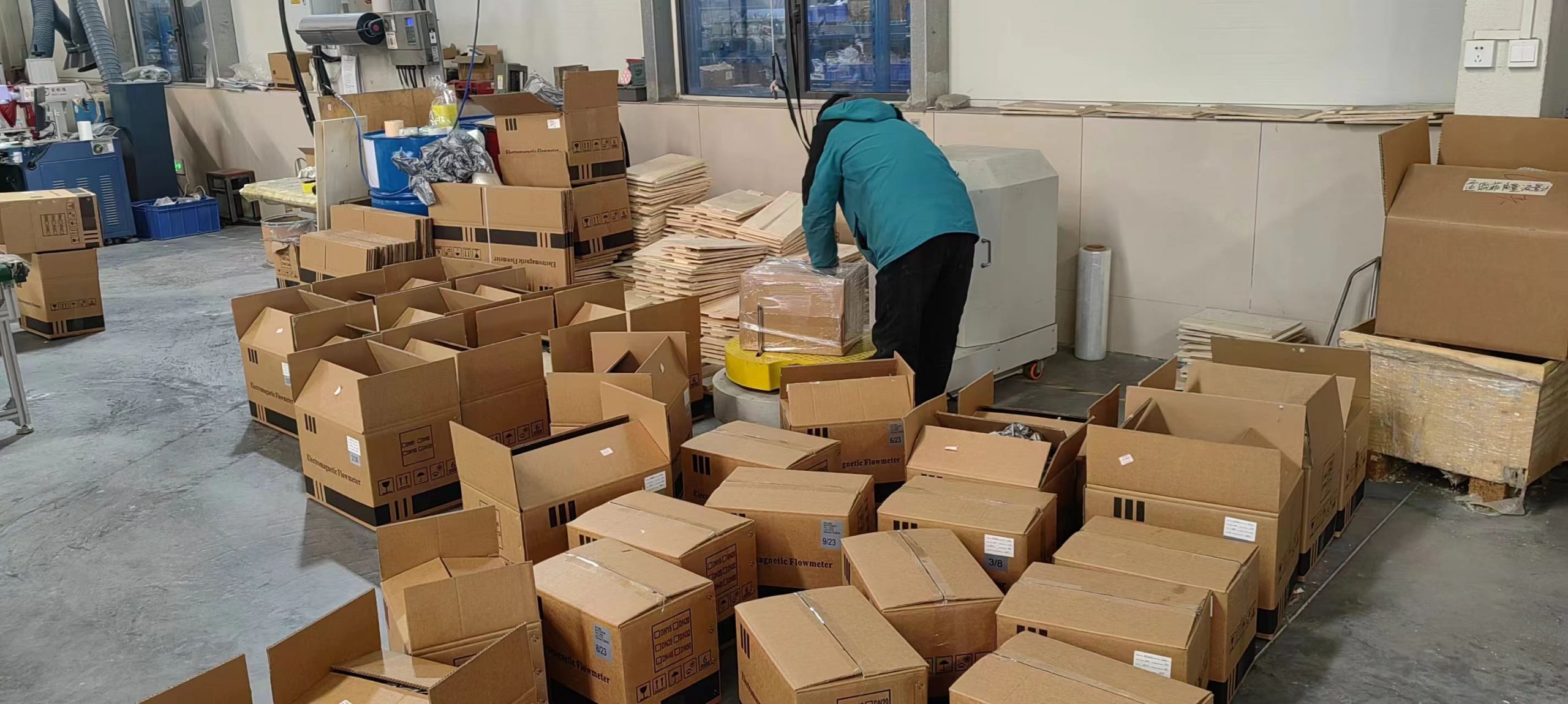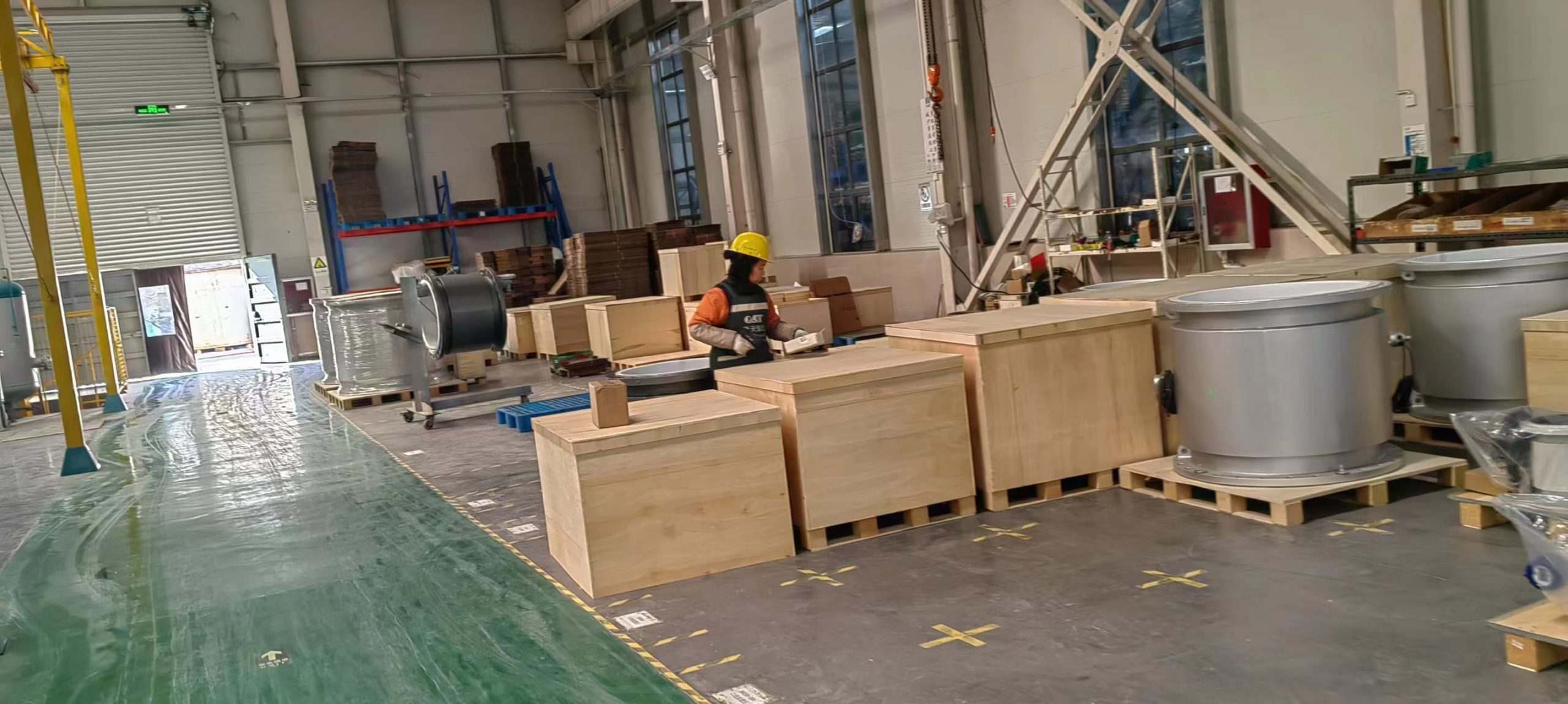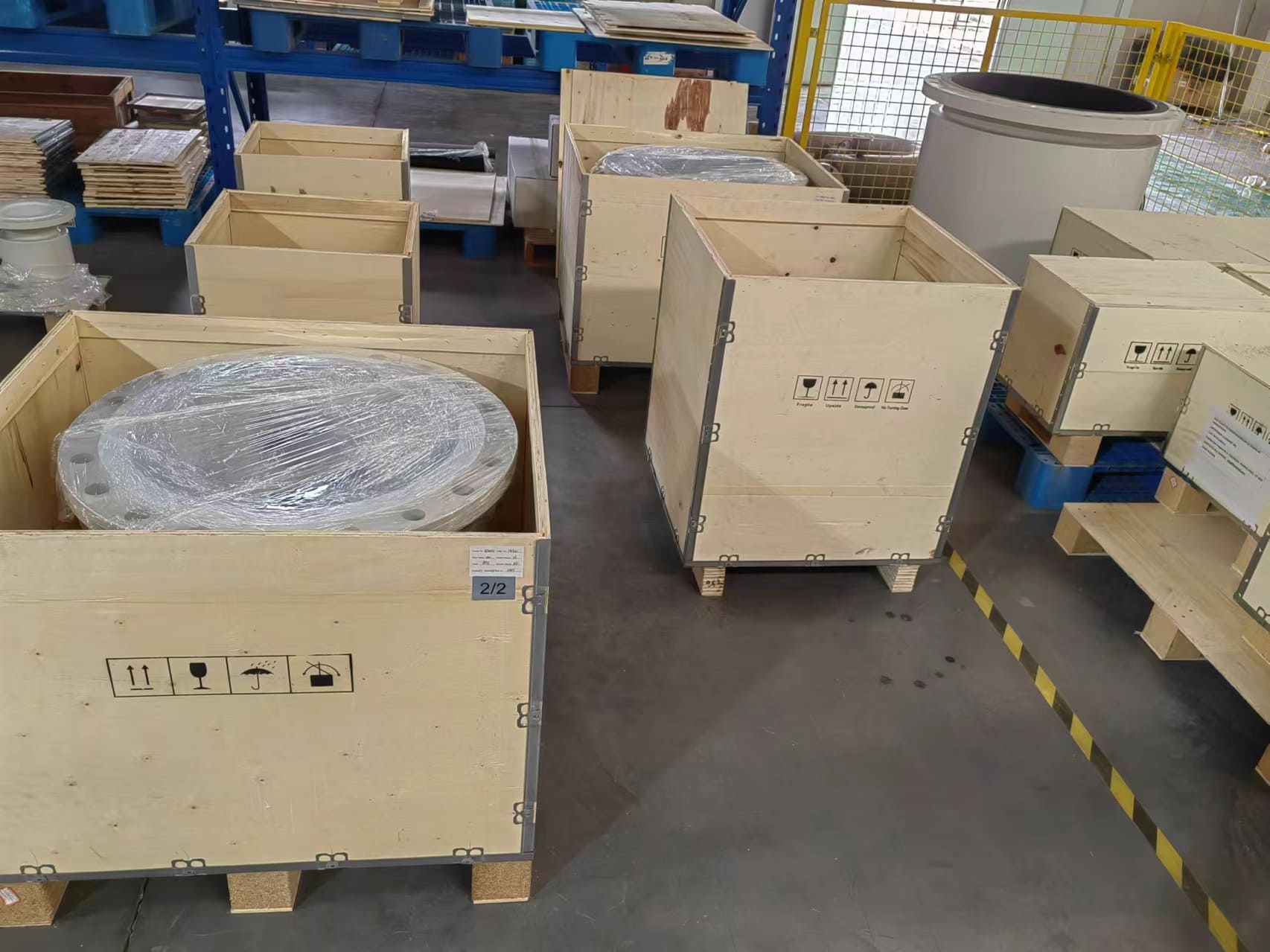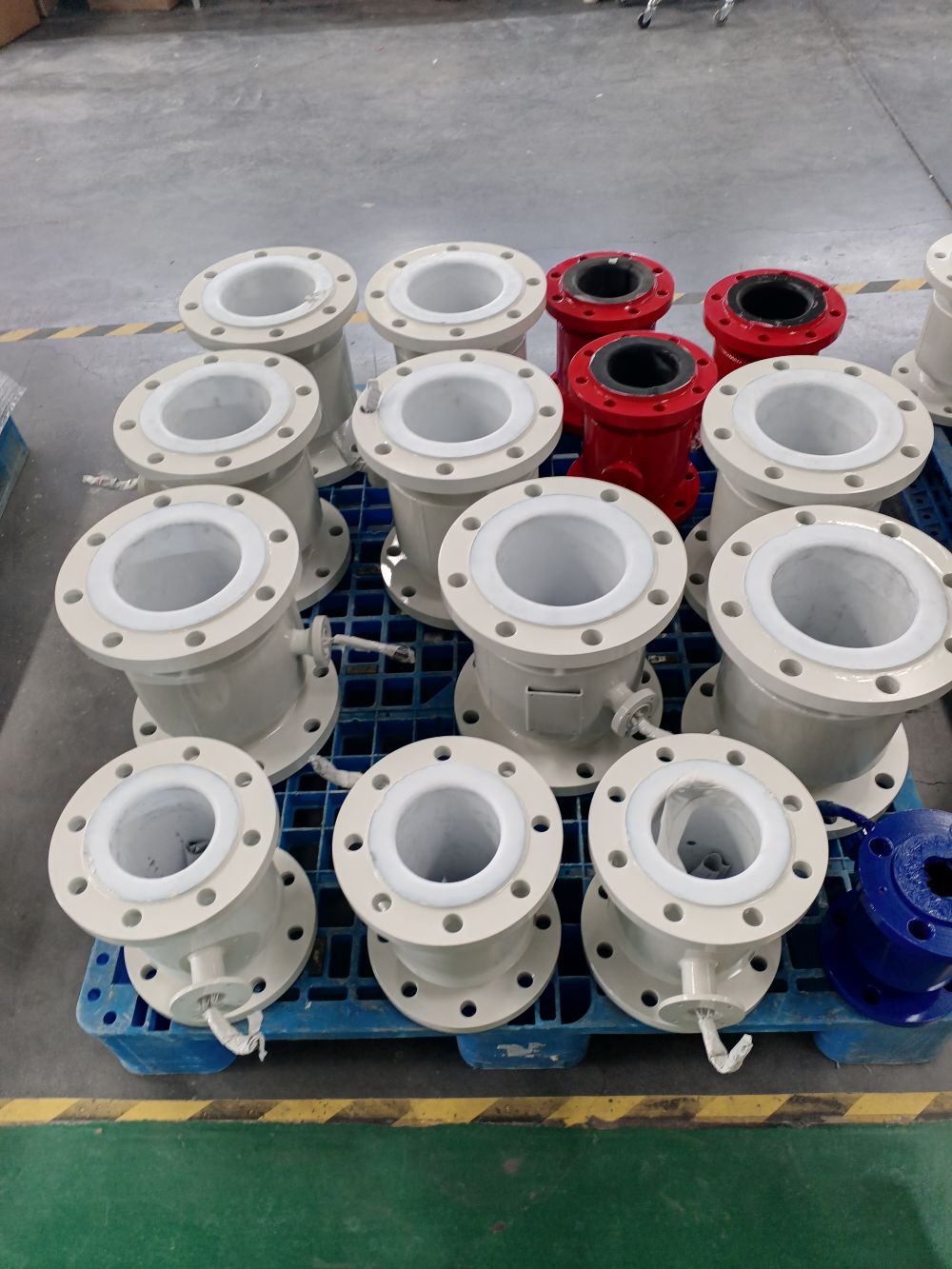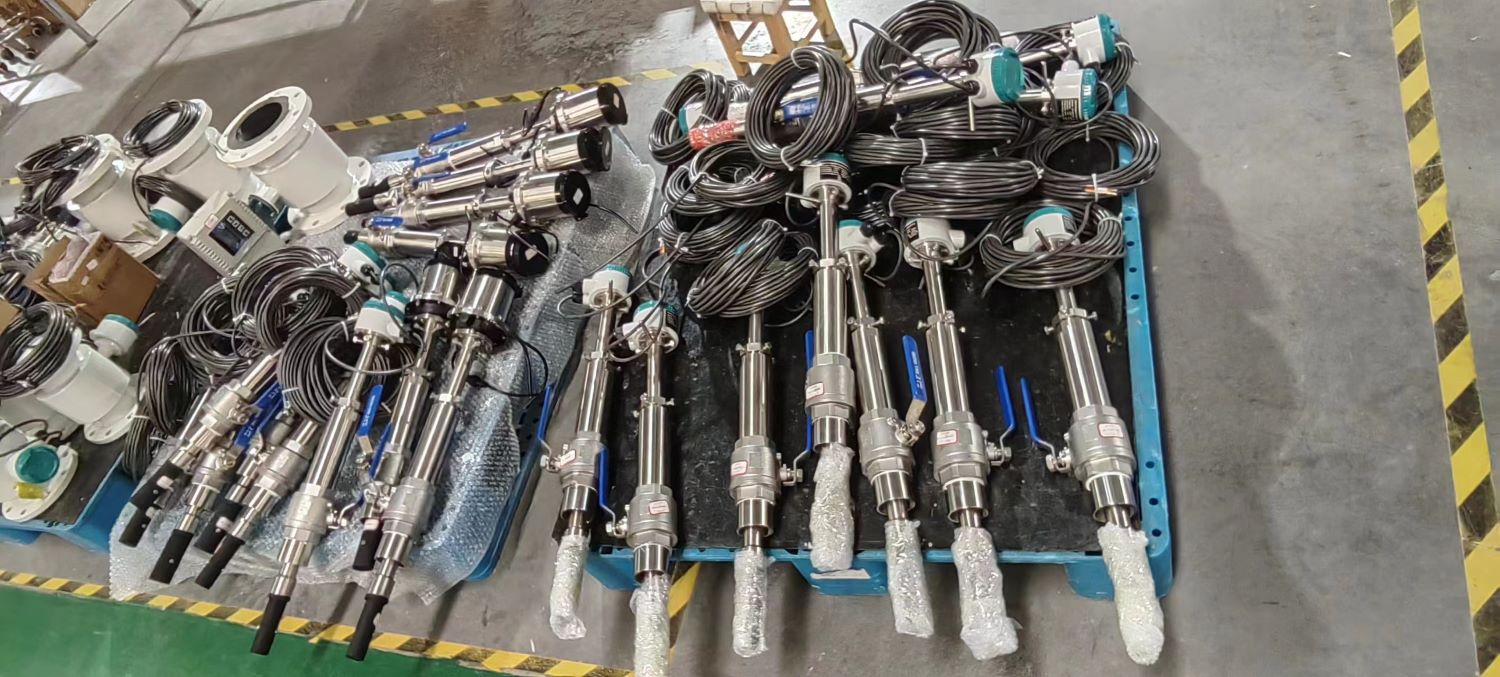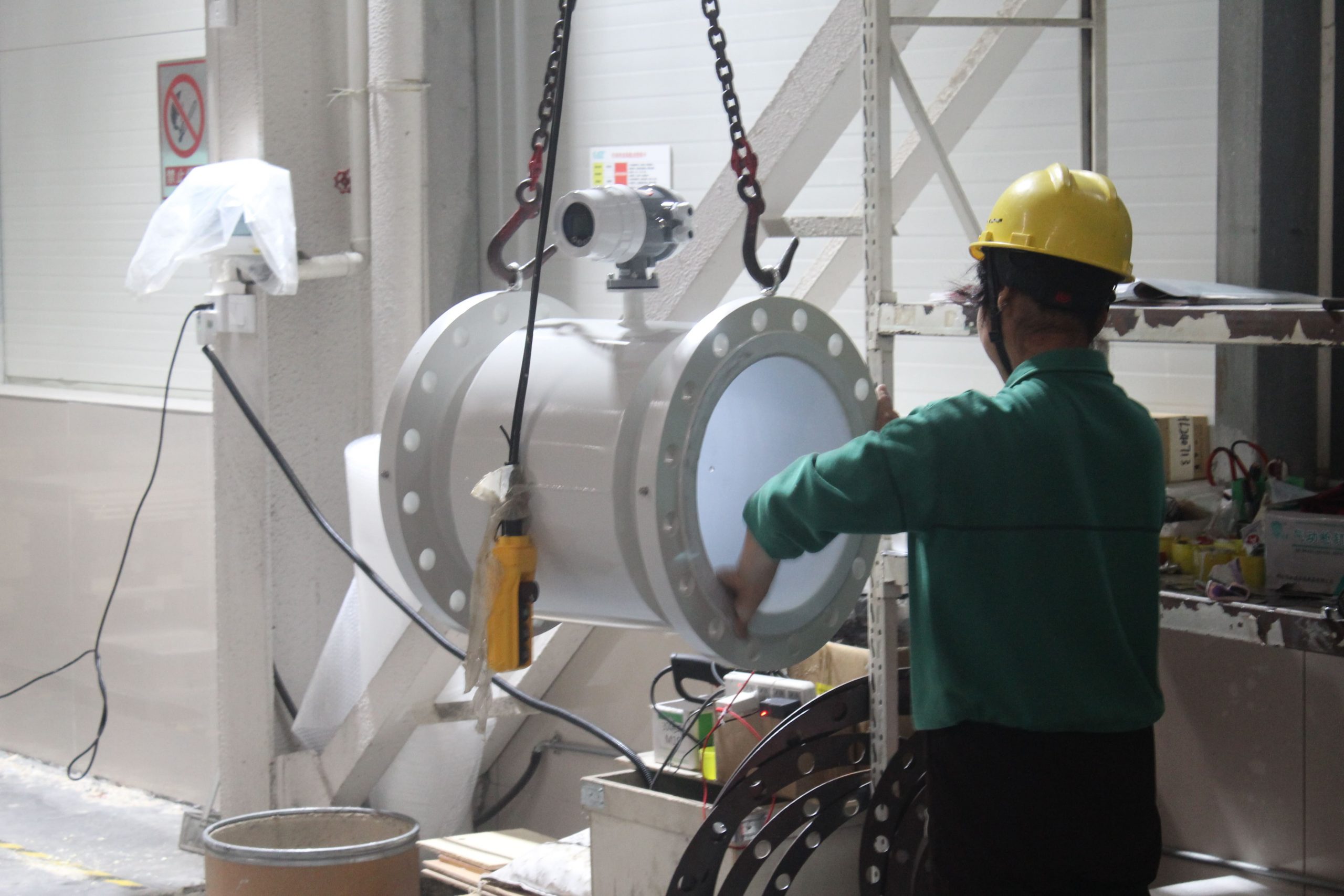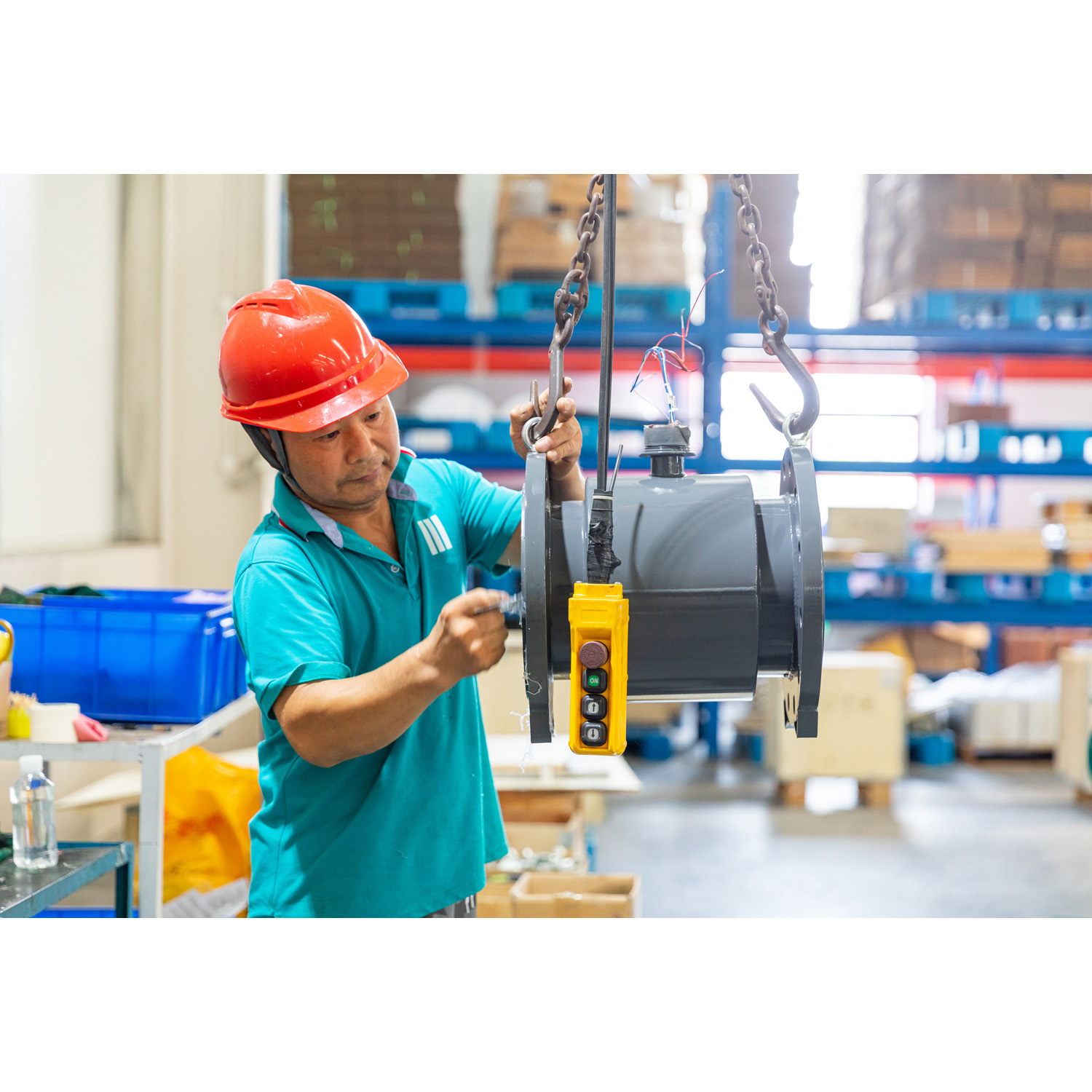Four physical cleaning methods of electromagnetic flowmeter electrode
Four physical cleaning methods of electromagnetic flowmeter electrode
1. Electrochemical method
The metal electrode of electromagnetic flowmeter has electrochemical phenomenon in electrolyte fluid. According to the principle of electrochemistry, there is a contact electric field between the electrode and the fluid, and the contact between the electrode and the fluid is caused by the double electric layer existing between the electrode fluid. It is found that most inorganic anions are surface active substances with typical ion adsorption law, while inorganic cations have very little surface activity. Therefore, the electrochemical cleaning electrode only considers the case of anion adsorption. The adsorption of anions is closely related to the electrode potential, and the adsorption mainly occurs in the potential range that is more correct than the zero charge potential, that is, the electrode surface with different charge. On the surface of the electrode with the same charge, when the residual charge density is slightly larger, the electrostatic repulsion is greater than the adsorption force, and the anion is quickly desorbed, which is the principle of electrochemical cleaning.
2. Mechanical removal
The mechanical cleaning method is to realize the electrode cleaning by installing a special mechanical structure on the electrode of the electromagnetic flowmeter. At present, there are two forms: one is the use of mechanical scrapers. A scraper with a thin shaft is made of stainless steel, and the scraper is drawn out through a hollow electrode. A mechanical seal is adopted between the thin shaft and the hollow electrode to prevent the outflow of the medium, so a mechanical scraper is formed. When the thin shaft is turned from the outside, the scraper is turned against the electric extreme plane, scraping away dirt. The scraper can be manually or automatically scraped with a thin shaft driven by a motor. The other is a tubular electrode with a wire brush used to remove dirt, and the shaft is wrapped in a sealed “O” ring to prevent fluid leakage. This cleaning device requires someone to often pull the wire brush to clean the electrode, which is not very convenient to operate.
3. Ultrasonic cleaning method
The ultrasonic voltage of 45~65kHz generated by the ultrasonic generator is added to the electromagnetic flowmeter electrode, so that the ultrasonic energy is concentrated on the contact surface between the electrode and the medium, so as to use the ultrasonic ability to crush the dirt to achieve the purpose of cleaning.
4. Electric shock piercing
This method uses AC high voltage to periodically add between the electrode and the medium of the electromagnetic flowmeter, generally adding 30~100V. Because the electromagnetic flowmeter electrode is attached, its surface contact resistance becomes larger, the applied voltage is almost concentrated on the attachment, and the high voltage will break down the attachment, and then be washed away by the fluid. From the safety point of view, the use of electric shock threading method must be in the flow meter interrupt the measurement work, the signal line between the sensor and the converter is disconnected, the AC high voltage directly on the sensor signal output terminal for cleaning.

